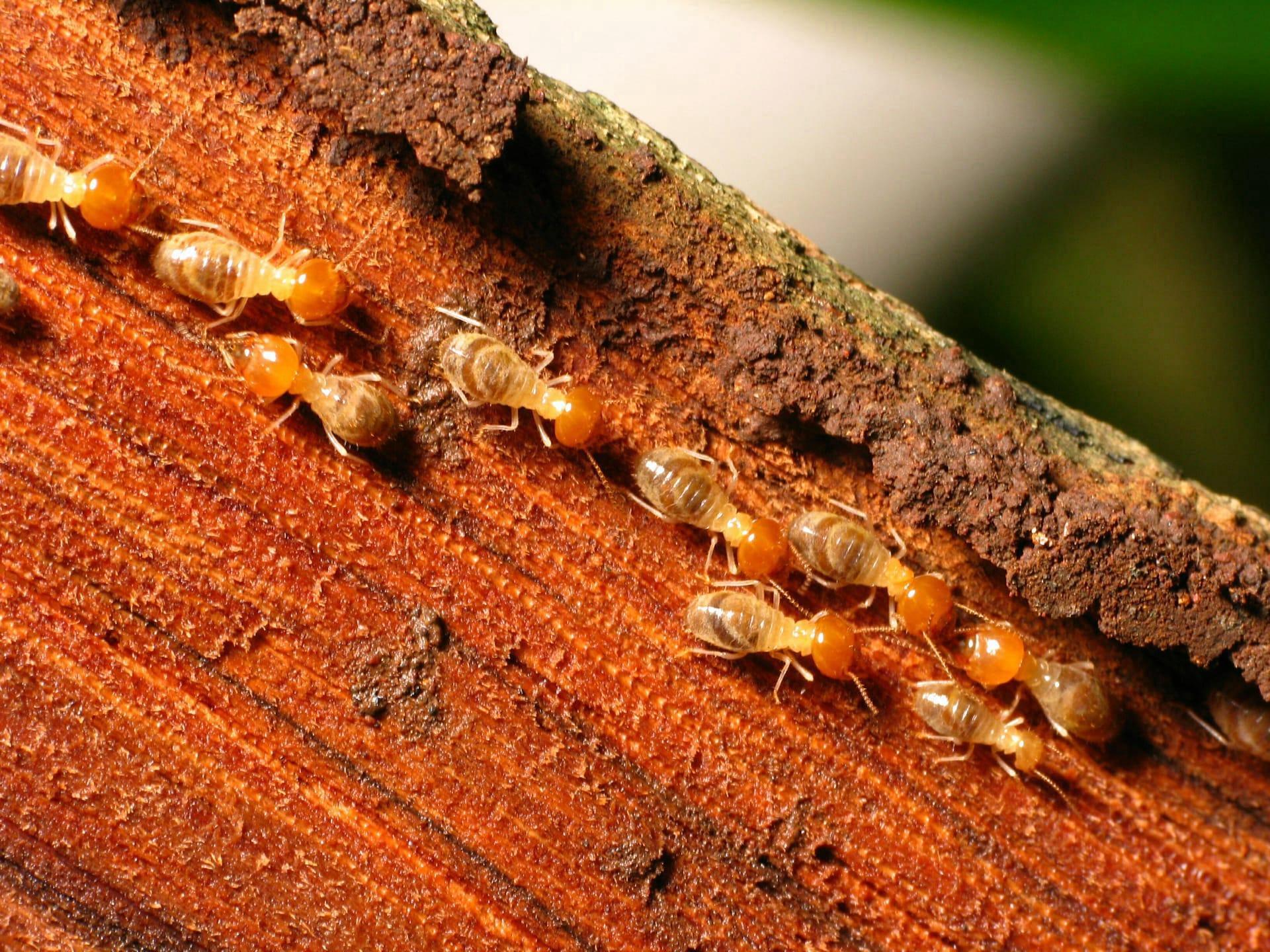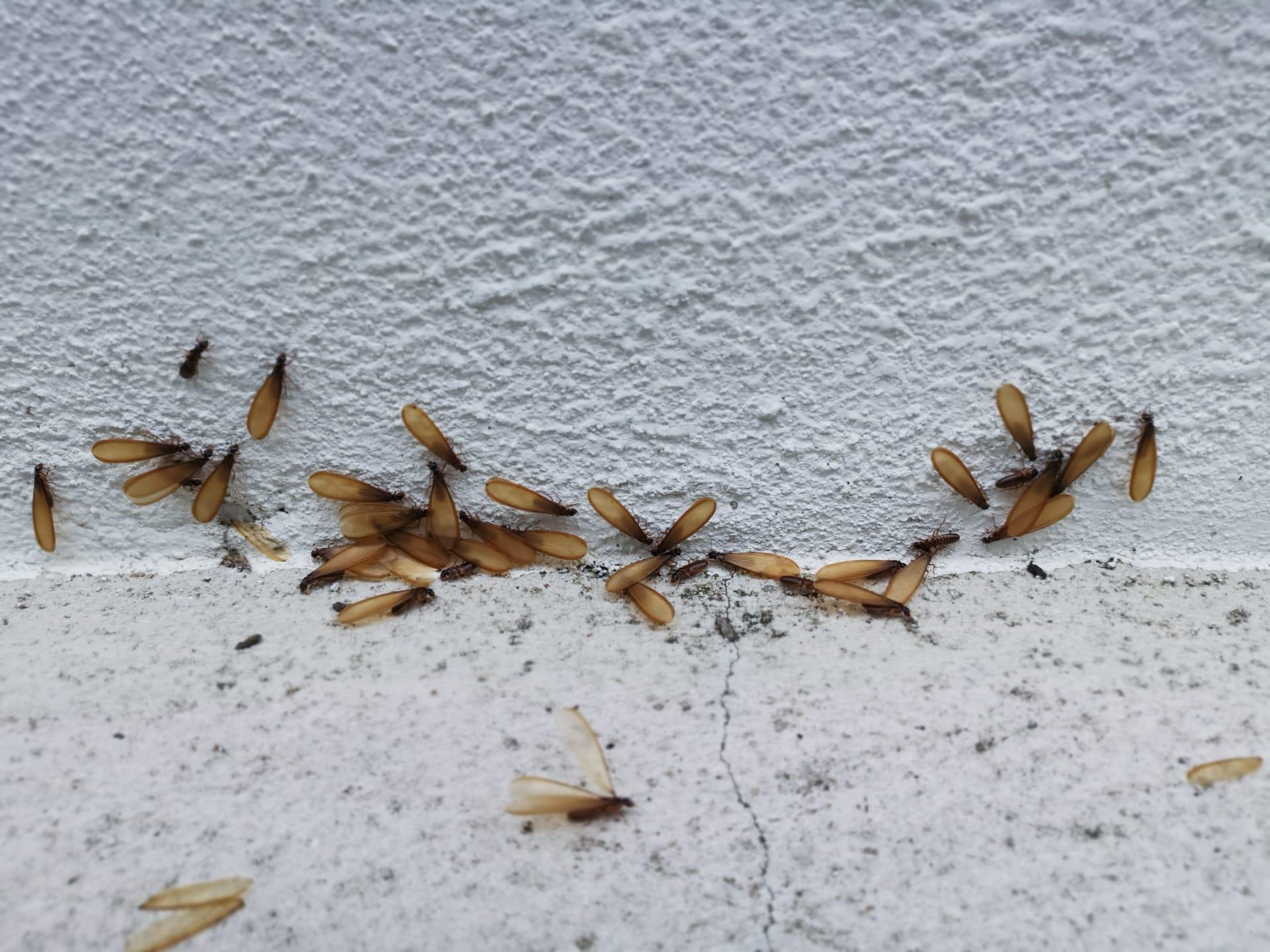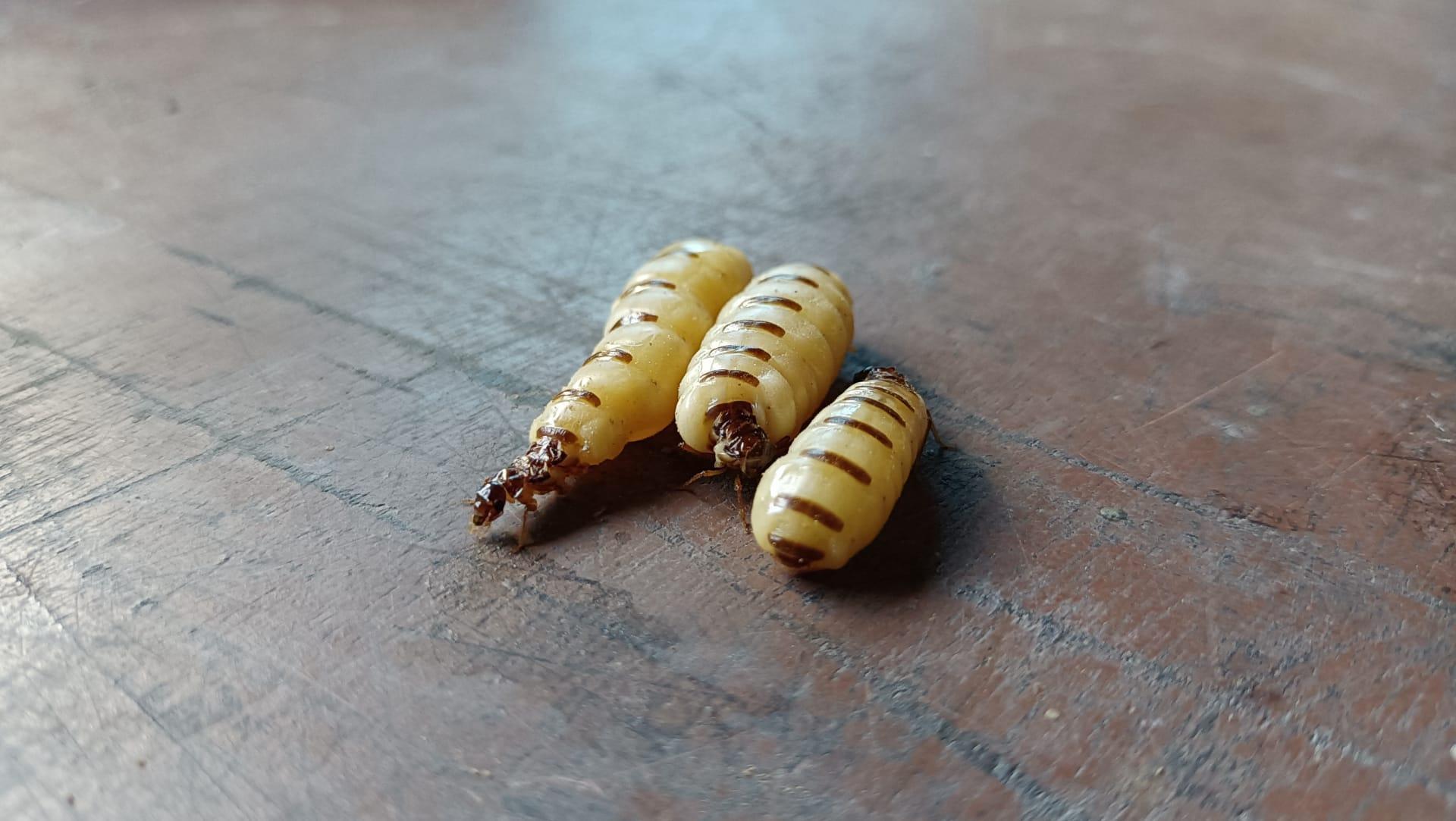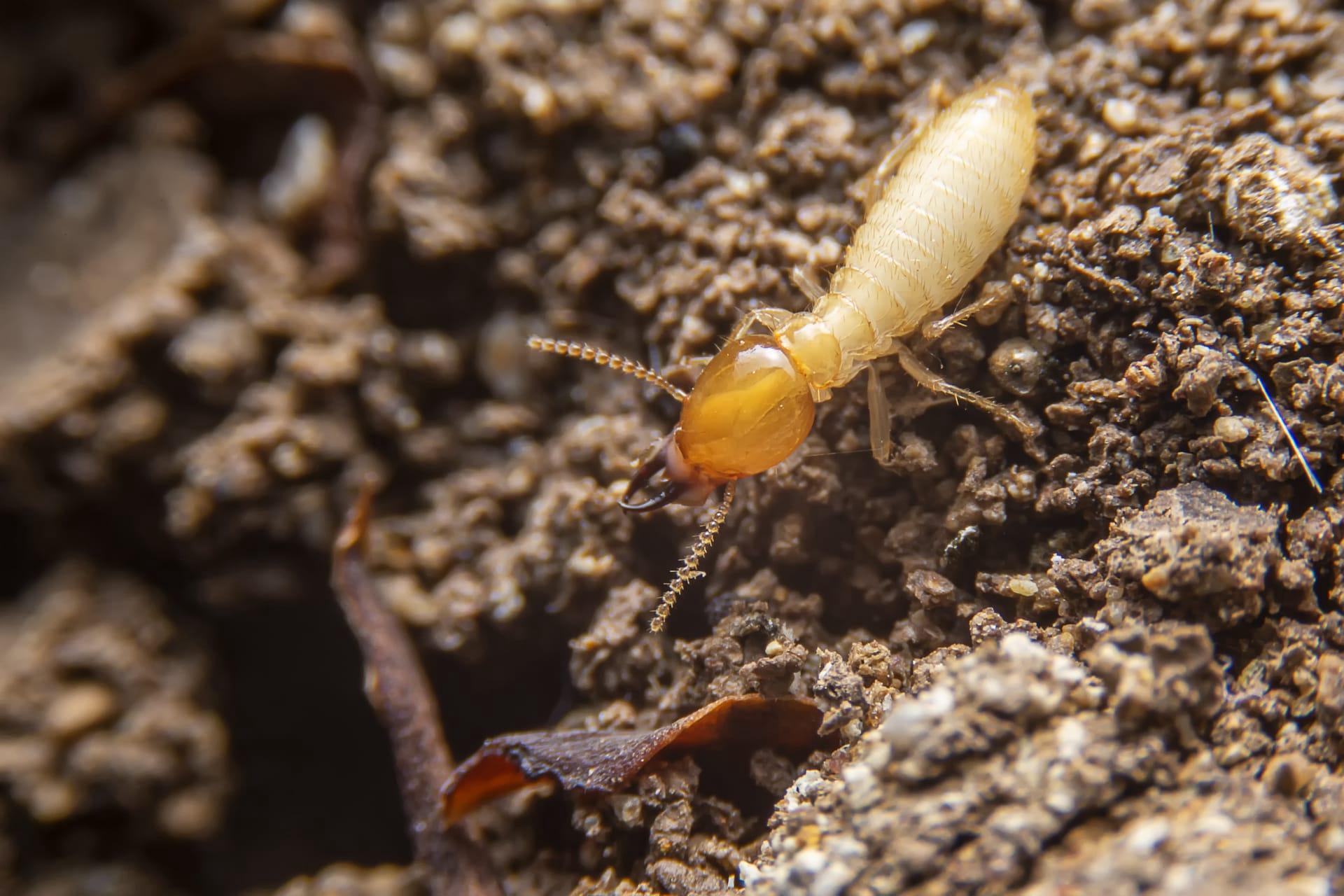1
Termites are often called "silent destroyers" because they may be secretly hiding and thriving in your home or yard without any immediate signs of damage. All termites consume cellulose-based plant materials. Unfortunately, all homes, regardless of their construction type, can provide cellulose food for termite infestation. Some species of termites, such as the Formosan termite, can consume a foot of 2x4 wood in just over five months. However, other species can take a few years to cause significant damage.
Interestingly, termites have a highly organized society. Each colony can house millions of termites, divided into different castes: workers, soldiers, and reproducers. The worker termites, which are the ones that cause all the damage to your home, are actually blind. They navigate through complex mud tubes they build and communicate using pheromones, vibrations, and physical contact. These mud tubes also protect them from predators and maintain a humid environment, which is crucial for their survival.

2
Termites play a vital role in our ecosystem. They break down tough plant fibers, recycling dead and decaying trees into new soil. In tropical rainforests, termites can help reduce leaf litter by up to 90%, significantly contributing to the nutrient cycle. Their digestion process involves various microorganisms in their guts, including bacteria, protozoa, and fungi, which help break down cellulose, the main component in plant materials.
Another fascinating fact about termites is their ability to "farm" fungi. Some termite species cultivate unique fungi gardens inside their nests. These fungi convert the indigestible cellulose into a more digestible form, providing food for the colony. This symbiotic relationship is so integral that if the fungi are removed, the colony can struggle to survive, highlighting the intricate connections in nature.

3
Termite queens have an exceptionally long lifespan, with some living up to 25 years, which is remarkable for insects. The queen is the largest member of the colony, and her primary role is to lay eggs – sometimes thousands in a single day. The queen's long life and prolific egg-laying ability ensure the continuous growth and survival of the colony.
When it comes to climate impact, termites play a dual role. They help reduce greenhouse gases by breaking down and recycling wood and plant material, which would otherwise decay and release carbon dioxide and methane. However, termites also produce these gases as part of their digestive process. The global termite population is estimated to release as much as 20 million tons of carbon dioxide per year.

4
Termites have been around for over 250 million years. This means they lived alongside dinosaurs during the Mesozoic era. Their long history on Earth speaks to their adaptability and resilience as a species. They have survived massive climatic and environmental changes, which may provide insights into their ability to adapt to current and future climate challenges.
Termite mounds are architectural marvels. Some species build towering mounds that can reach up to 30 feet in height. These structures are not just piles of dirt; they are meticulously engineered to maintain a constant internal temperature and humidity level. The design of termite mounds has inspired architects and engineers in creating more efficient ventilation systems in buildings.

5
Termites have a unique way of communicating through vibrations. When alarmed, soldier termites will bang their heads against the walls of their tunnels, creating vibrations that signal danger to the rest of the colony. This alarm system is so effective that it can prompt immediate and coordinated colony-wide responses.
Not all termites are pests. Out of over 2,800 species of termites worldwide, only about 10% are considered pests that cause significant damage to buildings, crops, or plantation forests. The rest play crucial roles in their ecosystems, primarily as decomposers. This highlights the importance of understanding and protecting termite species that contribute positively to our environment.